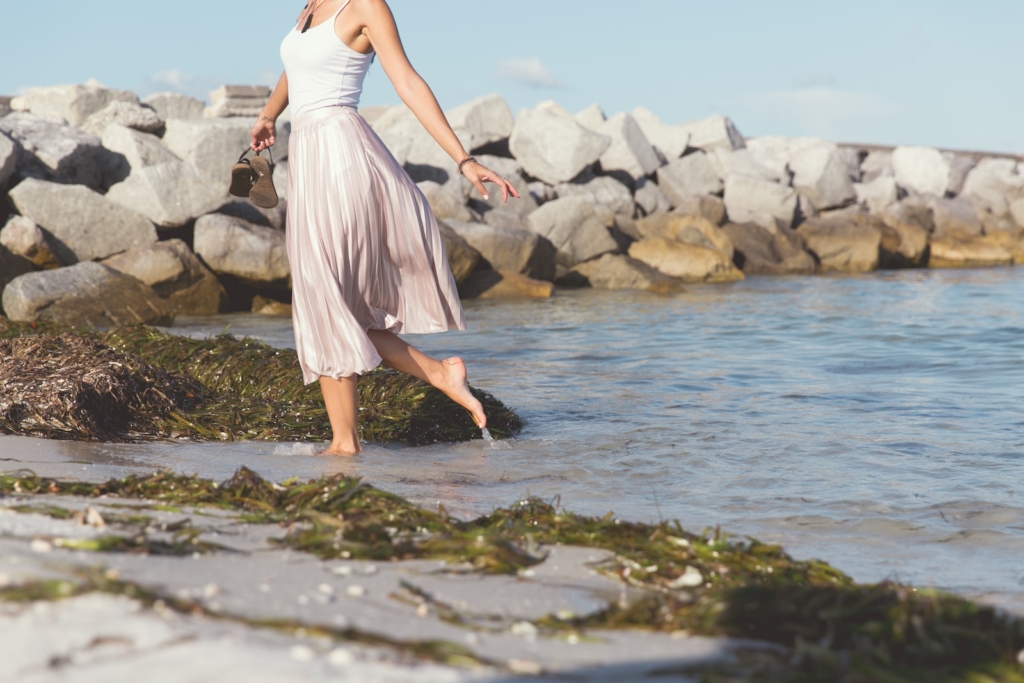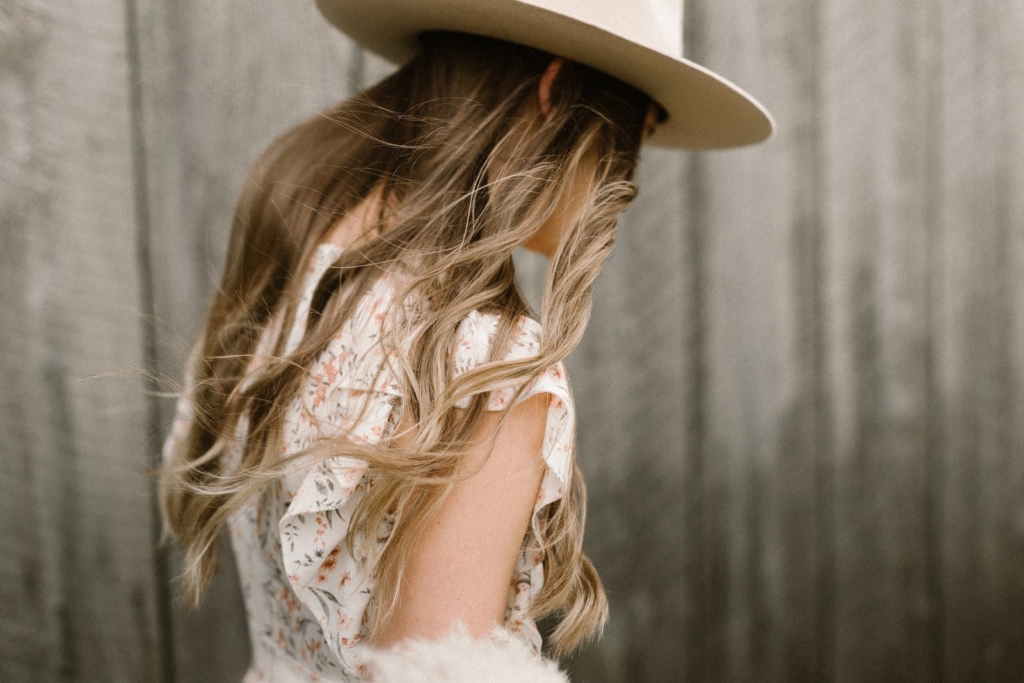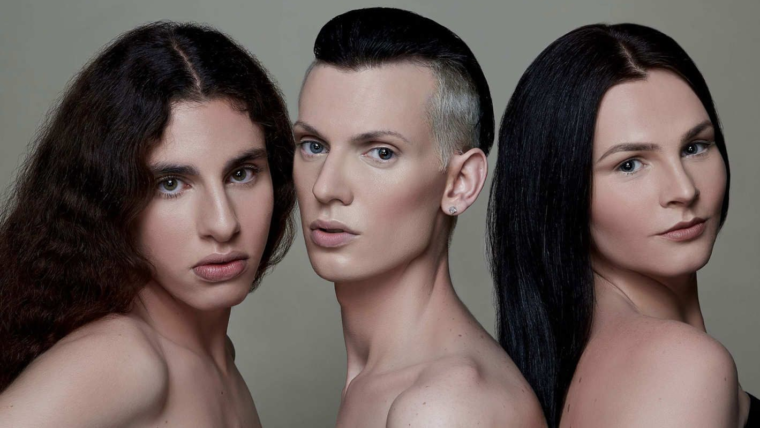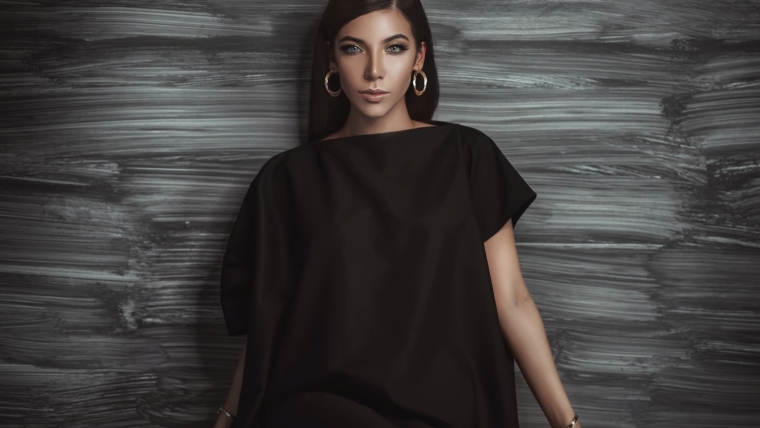Color is one of the most important elements of fashion and style. It can express your personality, mood, and preferences, as well as create different impressions and effects on your appearance. Choosing the right color combinations for your outfits can make you look more feminine, attractive, and confident. But how do you know which colors go well together and which ones clash? In this article, we will share some tips and examples of the best color combinations for feminine looks, based on the color wheel, color harmony, and color psychology.
The Color Wheel
The color wheel is a tool that shows the relationship between colors. It consists of three primary colors (red, yellow, and blue), three secondary colors (orange, green, and purple), and six tertiary colors (red-orange, yellow-orange, yellow-green, blue-green, blue-purple, and red-purple). The colors on the opposite sides of the wheel are called complementary colors, and they create a strong contrast when paired together. The colors next to each other on the wheel are called analogous colors, and they create a harmonious and pleasing effect when combined.
Color Harmony
Color harmony is the principle of combining colors in a way that is aesthetically pleasing and balanced. There are different methods of achieving color harmony, such as:
- Monochromatic: Using different shades or tints of the same color. This creates a simple and elegant look that is easy to match.
- Analogous: Using two or three colors that are next to each other on the color wheel. This creates a warm and cozy look that is suitable for casual occasions.
- Complementary: Using two colors that are opposite each other on the color wheel. This creates a vibrant and dynamic look that is eye-catching and bold.
- Triadic: Using three colors that are evenly spaced on the color wheel. This creates a balanced and harmonious look that is fun and creative.
- Tetradic: Using four colors that form a rectangle on the color wheel. This creates a complex and rich look that is versatile and sophisticated.
Color Psychology
Color psychology is the study of how colors affect our emotions, perceptions, and behaviors. Different colors can evoke different feelings and associations in us, depending on our personal experiences, cultural backgrounds, and preferences. Some general meanings of colors are:
- Red: Passion, energy, excitement, love, danger
- Orange: Warmth, enthusiasm, creativity, happiness, fun
- Yellow: Optimism, joy, positivity, intelligence, sunshine
- Green: Nature, growth, freshness, health, harmony
- Blue: Calmness, tranquility, trust, loyalty, professionalism
- Purple: Royalty, luxury, elegance, mystery, spirituality
- Pink: Femininity, romance, sweetness, innocence, playfulness
- White: Purity, simplicity, cleanliness, innocence
- Black: Power, sophistication, elegance

Examples of Color Combinations for Feminine Looks
Now that you have some basic knowledge of color theory and psychology, here are some examples of color combinations that you can try for your feminine looks:
- Pink and white: This is a classic combination that exudes femininity, sweetness, and innocence. You can wear a pink dress with white accessories, or a white blouse with a pink skirt, for a lovely and girly outfit.
- Red and black: This is a striking combination that expresses passion, power, and sophistication. You can wear a red dress with black heels, or a black suit with a red blouse, for a stunning and confident outfit.
- Purple and green: This is an unexpected combination that shows creativity, elegance, and harmony. You can wear a purple sweater with green pants, or a green dress with purple jewelry, for a chic and unique outfit.
- Yellow and blue: This is a cheerful combination that conveys optimism, joy, and trust. You can wear a yellow top with blue jeans, or a blue dress with yellow shoes, for a bright and happy outfit.
- Orange and brown: This is a warm combination that reflects warmth, enthusiasm, and coziness. You can wear an orange coat with brown boots, or a brown sweater with an orange scarf, for a cozy and comfortable outfit.

Conclusion
Color is an essential element of fashion and style that can enhance your feminine looks. By understanding the color wheel, color harmony, and color psychology, you can choose the best color combinations for your outfits that suit your personality, mood, and preferences. Experiment with different colors and have fun with your fashion choices!
FAQs
Q: What are some tips for choosing the best color combinations for my skin tone? A: One way to determine your skin tone is to look at the veins on your wrist. If they appear blue or purple, you have a cool skin tone. If they appear green or olive, you have a warm skin tone. If they appear blue-green or mixed, you have a neutral skin tone. Generally speaking,
- Cool skin tones look good with colors that have blue or purple undertones, such as blue, purple, pink, and silver.
- Warm skin tones look good with colors that have yellow or orange undertones, such as yellow, orange, red, and gold.
- Neutral skin tones look good with any color, but especially with colors that are not too bright or too dull.
Q: What are some color combinations that I should avoid? A: There are no hard and fast rules for color combinations, but some common mistakes to avoid are:
- Wearing too many colors at once. This can make your outfit look chaotic and cluttered. Stick to two or three colors that complement each other.
- Wearing colors that clash with each other. This can make your outfit look harsh and unappealing. Avoid pairing colors that are opposite each other on the color wheel, unless you want to create a strong contrast.
- Wearing colors that wash you out. This can make your outfit look dull and boring. Choose colors that flatter your skin tone and hair color.
Q: How can I use accessories to enhance my color combinations? A: Accessories are a great way to add some interest and variety to your color combinations. You can use accessories to:
- Accentuate your main color. For example, if you are wearing a blue dress, you can wear a blue necklace or earrings to highlight the color.
- Contrast your main color. For example, if you are wearing a yellow dress, you can wear a purple scarf or belt to create a contrast.
- Balance your main color. For example, if you are wearing a red dress, you can wear a black or white bag or shoes to balance the intensity of the color.
Q: How can I use patterns and prints to spice up my color combinations? A: Patterns and prints are another way to add some fun and flair to your color combinations. You can use patterns and prints to:
- Mix and match different colors. For example, you can wear a floral dress that has multiple colors in it, or a striped shirt that has two or more colors in it.
- Add some texture and dimension to your outfit. For example, you can wear a lace dress that has a delicate pattern on it, or a plaid shirt that has a woven texture on it.
- Express your personality and style. For example, you can wear a polka dot dress that shows your playful side, or a leopard print shirt that shows your wild side.
Q: How can I use color psychology to influence how others perceive me? A: Color psychology is the study of how colors affect our emotions, perceptions, and behaviors. You can use color psychology to influence how others perceive you by:
- Choosing colors that match your mood and intention. For example, if you want to feel confident and powerful, you can wear red or black. If you want to feel calm and relaxed, you can wear blue or green.
- Choosing colors that suit the occasion and context. For example, if you are going to a formal event, you can wear dark or neutral colors that convey professionalism and elegance. If you are going to a casual event, you can wear bright or pastel colors that convey friendliness and fun.
- Choosing colors that complement your personality and preferences. For example, if you are an outgoing and adventurous person, you can wear bold and vibrant colors that reflect your energy and enthusiasm. If you are an introverted and thoughtful person, you can wear soft and muted colors that reflect your sensitivity and depth.


